|
Your search criteria found 648 images Mission |
| My List |
Addition Date |
Target
|
Mission | Instrument | Size |

|
2000-05-18 | Io |
Galileo |
Near Infrared Mapping Spectrometer |
661x556x3 |
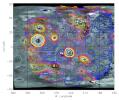
|
|||||

|
2000-05-18 | Io |
Galileo |
Near Infrared Mapping Spectrometer |
1060x767x3 |
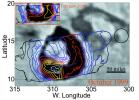
|
|||||

|
2000-05-31 | Io |
Galileo |
Solid-State Imaging |
800x800x3 |
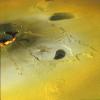
|
|||||

|
2000-05-31 | Io |
Galileo |
Solid-State Imaging |
1152x605x1 |
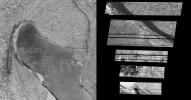
|
|||||

|
2000-05-31 | Io |
Galileo |
Solid-State Imaging |
876x900x3 |

|
|||||

|
2000-05-31 | Io |
Galileo |
Solid-State Imaging |
506x411x3 |
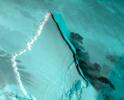
|
|||||

|
2000-05-31 | Io |
Galileo |
Solid-State Imaging |
643x566x3 |
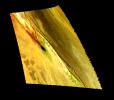
|
|||||

|
2000-05-31 | Io |
Galileo |
Solid-State Imaging |
875x900x1 |

|
|||||

|
2000-05-31 | Io |
Galileo |
Solid-State Imaging |
800x600x1 |
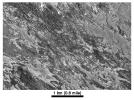
|
|||||

|
2000-05-31 | Io |
Galileo |
Solid-State Imaging |
618x850x1 |

|
|||||

|
2000-05-31 | Io |
Galileo |
Near Infrared Mapping Spectrometer |
890x376x3 |
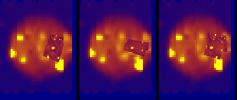
|
|||||

|
2000-05-31 | Io |
Galileo |
Near Infrared Mapping Spectrometer |
850x410x1 |
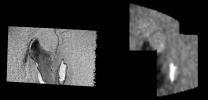
|
|||||

|
2000-05-31 | Io |
Galileo |
Near Infrared Mapping Spectrometer |
1130x550x3 |
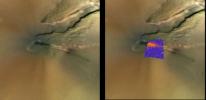
|
|||||

|
2000-10-26 | Io |
Galileo |
Solid-State Imaging |
1152x899x1 |
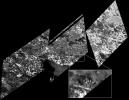
|
|||||

|
2000-10-26 | Io |
Galileo |
Solid-State Imaging |
782x752x1 |
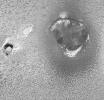
|
|||||

|
2000-10-26 | Io |
Galileo |
Solid-State Imaging |
900x750x3 |
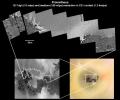
|
|||||

|
2000-10-26 | Io |
Galileo |
Solid-State Imaging |
889x766x3 |
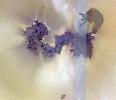
|
|||||

|
2000-10-26 | Io |
Galileo |
Solid-State Imaging |
1152x483x3 |
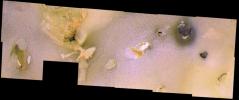
|
|||||

|
2000-10-26 | Io |
Galileo |
Solid-State Imaging |
413x900x3 |
|
|
|||||

|
2000-10-26 | Io |
Galileo |
Solid-State Imaging |
1152x564x1 |
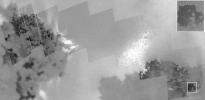
|
|||||

|
2001-02-26 | Io |
Galileo |
Solid-State Imaging |
1270x660x3 |
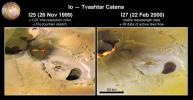
|
|||||

|
2001-02-23 | Io |
Galileo |
Solid-State Imaging |
4000x2500x3 |
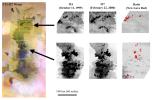
|
|||||

|
2001-02-23 | Io |
Galileo |
Solid-State Imaging |
3347x2531x1 |
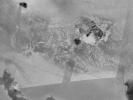
|
|||||

|
2001-03-29 | Io |
Cassini-Huygens Galileo |
Solid-State Imaging |
1100x900x3 |
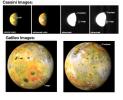
|
|||||

|
2001-06-22 | Io |
Galileo |
Photopolarimeter-Radiometer |
1157x574x3 |
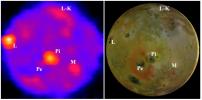
|
|||||

|
2001-10-04 | Io |
Galileo |
Near Infrared Mapping Spectrometer |
1152x576x3 |
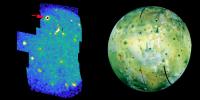
|
|||||

|
2001-10-04 | Io |
Galileo |
Solid-State Imaging |
690x254x3 |
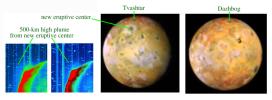
|
|||||

|
2001-11-27 | Io |
Galileo |
Near Infrared Mapping Spectrometer |
468x620x3 |

|
|||||

|
2001-11-27 | Io |
Galileo |
Near Infrared Mapping Spectrometer |
595x415x3 |
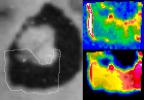
|
|||||

|
2001-11-27 | Io |
Galileo |
Solid-State Imaging |
800x623x3 |
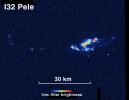
|
|||||

|
2001-11-27 | Io |
Galileo |
Solid-State Imaging |
798x401x1 |
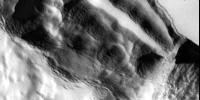
|
|||||

|
2001-12-10 | Io |
Galileo |
Solid-State Imaging |
5065x3361x1 |
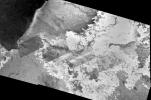
|
|||||

|
2001-12-10 | Io |
Galileo |
Solid-State Imaging |
736x680x3 |
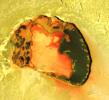
|
|||||

|
2002-05-28 | Io |
Galileo |
Solid-State Imaging |
1174x1024x1 |
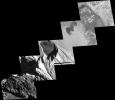
|
|||||

|
2002-05-28 | Io |
Galileo |
Solid-State Imaging |
1280x963x1 |
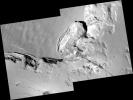
|
|||||

|
2002-05-28 | Io |
Galileo |
Solid-State Imaging |
1280x866x1 |
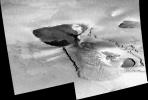
|
|||||

|
2002-05-28 | Io |
Galileo |
Solid-State Imaging |
800x800x1 |
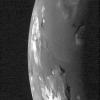
|
|||||

|
2002-05-28 | Io |
Galileo |
Solid-State Imaging |
1280x929x1 |
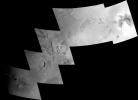
|
|||||

|
2002-05-28 | Io |
Galileo |
Solid-State Imaging |
1122x842x1 |
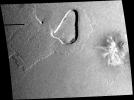
|
|||||

|
2002-05-28 | Io |
Galileo |
Near Infrared Mapping Spectrometer |
720x480x3 |
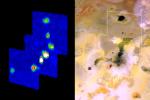
|
|||||

|
2002-05-28 | Io |
Galileo |
Near Infrared Mapping Spectrometer |
816x600x3 |
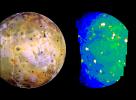
|
|||||

|
2002-05-28 | Io |
Galileo |
Near Infrared Mapping Spectrometer |
974x509x3 |
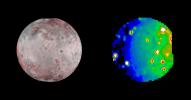
|
|||||

|
2001-12-10 | Io |
Galileo |
Solid-State Imaging |
954x1035x1 |

|
|||||

|
2001-12-10 | Io |
Galileo |
Near Infrared Mapping Spectrometer |
740x340x3 |
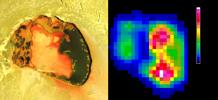
|
|||||

|
2001-12-10 | Io |
Galileo |
Near Infrared Mapping Spectrometer |
540x360x3 |
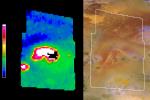
|
|||||

|
2001-12-10 | Io |
Galileo |
Photopolarimeter-Radiometer |
1655x1339x3 |
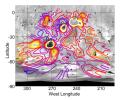
|
|||||

|
2002-12-06 | Io |
Galileo |
Solid-State Imaging |
1262x1043x1 |
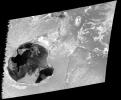
|
|||||

|
2002-12-06 | Io |
Galileo |
Solid-State Imaging |
1907x2955x3 |

|
|||||

|
2002-12-06 | Io |
Galileo |
Solid-State Imaging |
798x561x1 |
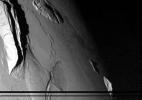
|
|||||

|
2002-12-06 | Io |
Galileo |
Solid-State Imaging |
4200x3200x3 |
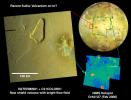
|
|||||

|
2002-12-06 | Io |
Galileo |
Solid-State Imaging |
720x431x3 |
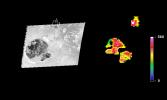
|
|||||

|
2007-04-02 | Io |
Galileo Voyager |
Solid-State Imaging |
11445x3643x3 |

|
|||||

|
2011-05-12 | Io |
Galileo |
1668x1648x3 | |
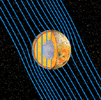
|
|||||

|
1996-01-02 | Io |
Galileo |
3014x2422x3 | |
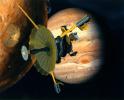
|
|||||

|
1996-01-29 | Ida |
Galileo |
Solid-State Imaging |
905x655x3 |
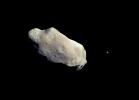
|
|||||

|
1996-09-12 | Ida |
Galileo |
Solid-State Imaging |
2100x2130x1 |

|
|||||

|
1996-02-01 | Ida |
Galileo |
Solid-State Imaging |
1700x1260x1 |
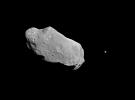
|
|||||

|
1996-01-29 | Ida |
Galileo |
Solid-State Imaging |
1000x1024x1 |

|
|||||

|
1996-01-29 | Ida |
Galileo |
Solid-State Imaging |
860x550x1 |
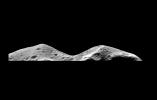
|
|||||

|
1998-06-04 | Ida |
Galileo |
Solid-State Imaging |
1563x915x3 |
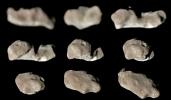
|
|||||

|
1998-06-04 | Ida |
Galileo |
Solid-State Imaging |
1563x915x3 |
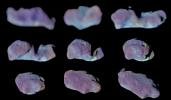
|
|||||

|
1998-06-04 | Ida |
Galileo |
Solid-State Imaging |
3195x4650x1 |

|
|||||

|
1998-11-03 | Ida |
Galileo |
Solid-State Imaging |
580x400x3 |
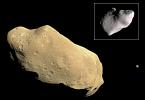
|
|||||

|
1996-01-29 | Gaspra |
Galileo |
Solid-State Imaging |
1200x1050x1 |
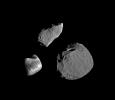
|
|||||

|
1996-01-29 | Gaspra |
Galileo |
Solid-State Imaging |
1000x1000x1 |
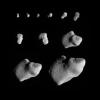
|
|||||

|
1996-02-01 | Gaspra |
Galileo |
Solid-State Imaging |
1024x1024x1 |
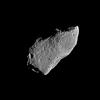
|
|||||

|
1996-08-13 | Gaspra |
Galileo |
Solid-State Imaging |
1350x1350x3 |
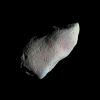
|
|||||

|
1996-02-09 | Gaspra |
Galileo |
Solid-State Imaging |
2200x1760x3 |
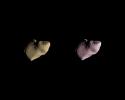
|
|||||

|
1996-02-08 | Gaspra |
Galileo |
Solid-State Imaging |
400x400x1 |
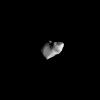
|
|||||

|
1996-02-08 | Gaspra |
Galileo |
Solid-State Imaging |
810x855x1 |

|
|||||

|
1996-06-06 | Ganymede |
Galileo |
Solid-State Imaging |
825x825x1 |

|
|||||

|
1997-09-07 | Ganymede |
Galileo |
Solid-State Imaging |
526x797x1 |

|
|||||

|
1997-09-07 | Ganymede |
Galileo |
Solid-State Imaging |
1105x798x1 |
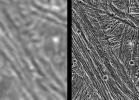
|
|||||

|
1997-09-07 | Ganymede |
Galileo |
Solid-State Imaging |
640x480x1 |
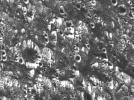
|
|||||

|
1997-09-07 | Ganymede |
Galileo |
Solid-State Imaging |
574x798x1 |

|
|||||

|
1997-09-07 | Ganymede |
Galileo |
Solid-State Imaging |
544x796x1 |

|
|||||

|
1997-09-07 | Ganymede |
Galileo |
Solid-State Imaging |
1443x1656x1 |

|
|||||

|
1997-09-07 | Ganymede |
Galileo |
Solid-State Imaging |
2470x2110x1 |
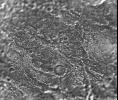
|
|||||

|
1997-09-07 | Ganymede |
Galileo |
Solid-State Imaging |
1665x1882x1 |

|
|||||

|
1997-11-18 | Ganymede |
Galileo |
Solid-State Imaging |
400x400x1 |
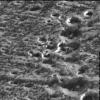
|
|||||

|
1997-11-18 | Ganymede |
Galileo |
Solid-State Imaging |
560x905x1 |

|
|||||

|
1997-11-18 | Ganymede |
Galileo |
Solid-State Imaging |
1920x1080x3 |
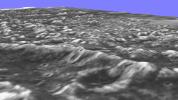
|
|||||

|
1998-03-26 | Ganymede |
Galileo |
Near Infrared Mapping Spectrometer |
1950x1500x3 |
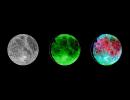
|
|||||

|
1997-12-16 | Ganymede |
Galileo |
2667x2000x3 | |

|
|||||

|
1997-11-18 | Ganymede |
Galileo |
Solid-State Imaging |
1920x1080x3 |
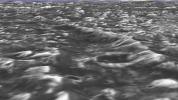
|
|||||

|
1997-09-07 | Ganymede |
Galileo |
Solid-State Imaging |
1200x800x1 |
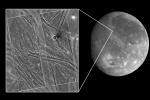
|
|||||

|
1997-09-07 | Ganymede |
Galileo |
Solid-State Imaging |
1200x800x1 |
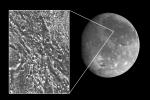
|
|||||

|
1997-09-07 | Ganymede |
Galileo |
Solid-State Imaging |
1097x885x1 |
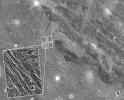
|
|||||

|
1997-09-07 | Ganymede |
Galileo |
Solid-State Imaging |
800x800x1 |
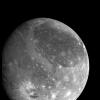
|
|||||

|
1997-09-07 | Ganymede |
Galileo |
Solid-State Imaging |
580x360x1 |
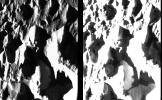
|
|||||

|
1998-08-03 | Ganymede |
Galileo |
Solid-State Imaging |
800x800x3 |
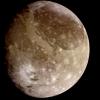
|
|||||

|
1997-09-07 | Ganymede |
Galileo |
Solid-State Imaging |
523x764x1 |

|
|||||

|
1998-03-26 | Ganymede |
Galileo |
Near Infrared Mapping Spectrometer |
1143x635x3 |
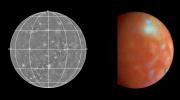
|
|||||

|
1998-03-26 | Ganymede |
Galileo |
Near Infrared Mapping Spectrometer |
1588x762x3 |
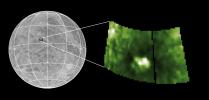
|
|||||

|
1998-03-26 | Ganymede |
Galileo |
Near Infrared Mapping Spectrometer |
445x525x1 |

|
|||||

|
1997-11-18 | Ganymede |
Galileo |
Solid-State Imaging |
321x260x1 |
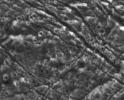
|
|||||

|
1997-11-18 | Ganymede |
Galileo |
Solid-State Imaging |
519x520x1 |
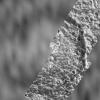
|
|||||

|
1997-11-18 | Ganymede |
Galileo |
Solid-State Imaging |
411x431x1 |

|
|||||

|
1997-11-18 | Ganymede |
Galileo |
Solid-State Imaging |
245x203x1 |
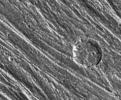
|
|||||

|
1997-11-18 | Ganymede |
Galileo |
Solid-State Imaging |
430x370x1 |
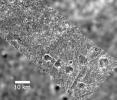
|
|||||

|
 |
 |
 |
 |
 |
 |
 |

|
| 1-100 | 101-200 | 201-300 | 301-400 | 401-500 | 501-600 | 601-700 |
| Currently displaying images: 301 - 400 of 648 |